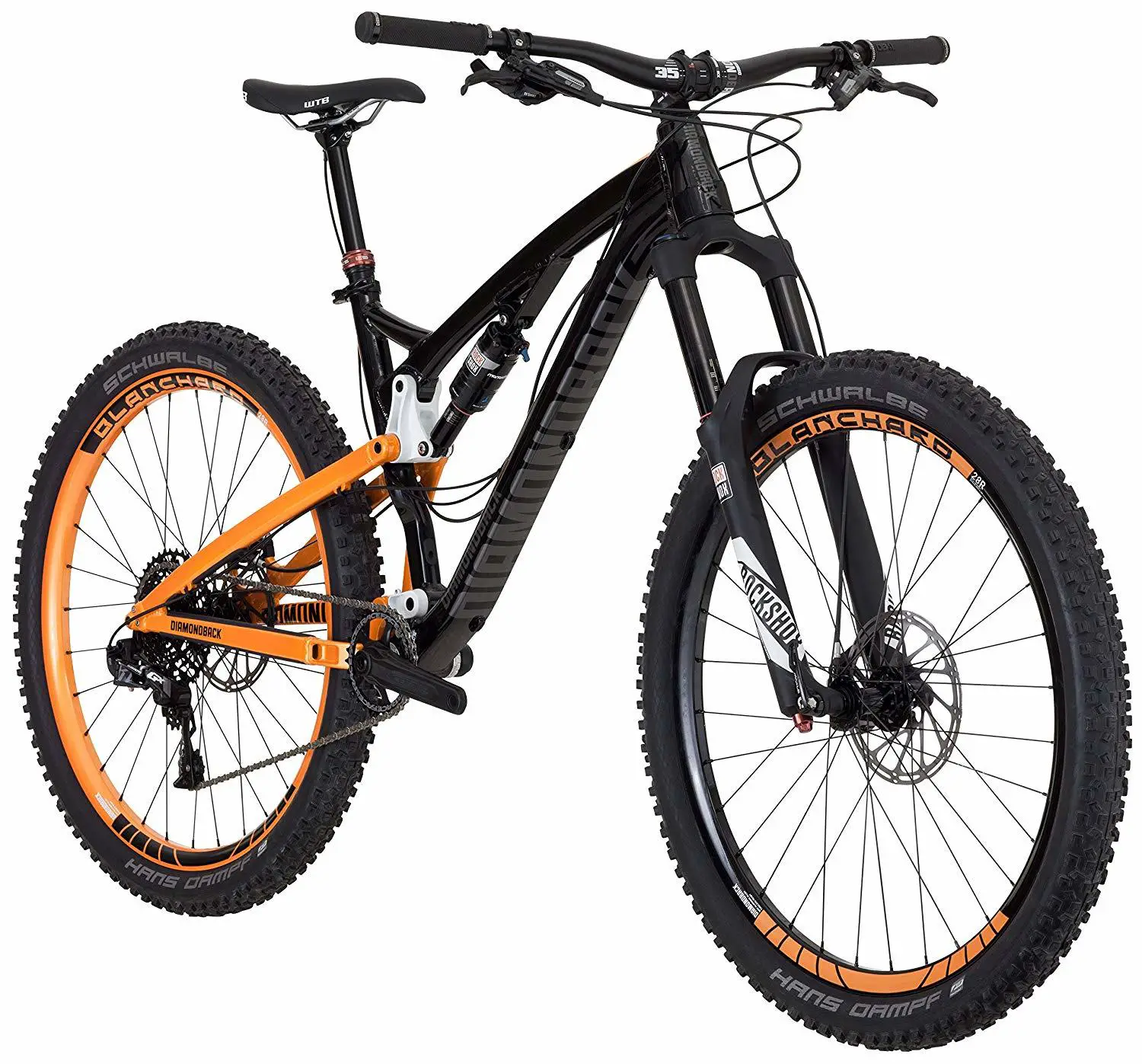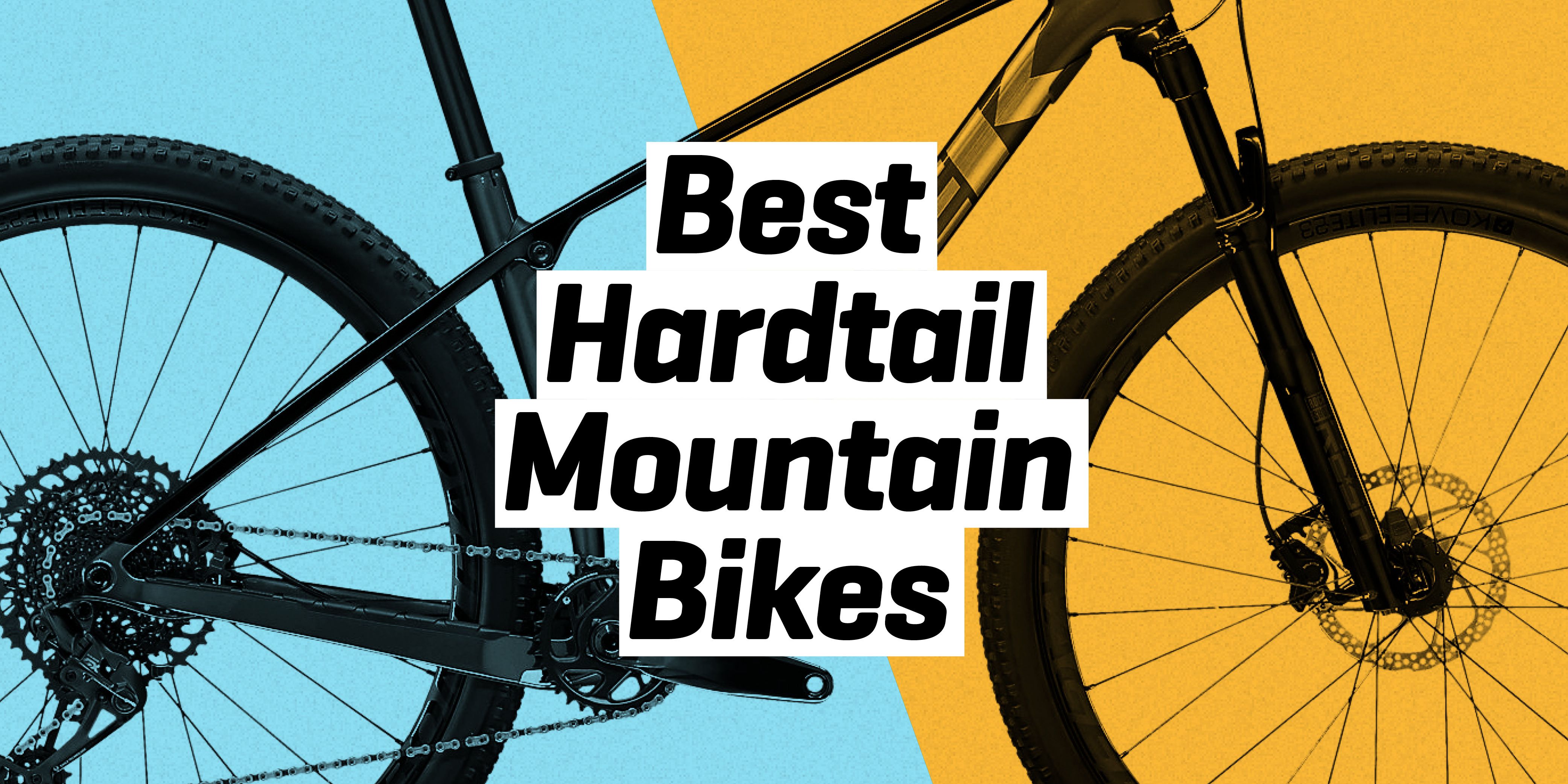For those just starting their mountain biking journey, the beginner hardtail mountain bike is an excellent choice. These bikes are designed to provide a stable and comfortable ride, making them perfect for exploring trails and building confidence on two wheels.
In this guide, we’ll cover everything you need to know about beginner hardtail mountain bikes, from choosing the right bike to essential gear and safety tips. So, whether you’re a complete novice or looking to upgrade your current ride, read on to learn more about these versatile and fun bikes.
Introduction: Beginner Hardtail Mountain Bike
Hardtail mountain bikes are an excellent choice for beginner mountain bikers. They are lightweight, affordable, and easy to ride. Hardtails have a rigid rear triangle, which means that the rear wheel is not suspended. This makes them less comfortable than full-suspension mountain bikes, but it also makes them more efficient for climbing and sprinting.
Key features of a hardtail mountain bike include a lightweight frame, a suspension fork, and wide tires. The suspension fork helps to absorb bumps and vibrations, making the ride more comfortable. Wide tires provide grip and stability on rough terrain.
Key Components
The key components of a hardtail mountain bike include:
- Frame: The frame is the main structural component of the bike. It is typically made of aluminum or carbon fiber.
- Fork: The fork is the suspension component that connects the front wheel to the frame. It helps to absorb bumps and vibrations.
- Wheels: The wheels are made up of a rim, spokes, and a hub. They are typically 26 inches or 29 inches in diameter.
- Tires: The tires provide grip and stability on rough terrain. They are typically wide and have a knobby tread pattern.
- Drivetrain: The drivetrain consists of the crankset, cassette, and chain. It is used to transfer power from the rider to the rear wheel.
- Brakes: The brakes are used to slow down or stop the bike. They are typically disc brakes or rim brakes.
Types of Beginner Hardtail Mountain Bikes
Hardtail mountain bikes are an excellent choice for beginners due to their affordability, simplicity, and versatility. They come in various types, each tailored to specific riding styles and terrain preferences.
Cross-Country Hardtail Bikes
Cross-country (XC) hardtail bikes are designed for speed and efficiency on smooth trails. They feature lightweight frames, fast-rolling tires, and a more upright riding position for better visibility. Popular models include the Trek Marlin 5 and the Specialized Rockhopper Comp.
Trail Hardtail Bikes
Trail hardtail bikes are more versatile than XC bikes, offering a balance between speed and stability on rougher trails. They have slightly wider tires for improved grip, slacker geometry for better handling on descents, and longer travel suspension forks for absorbing bumps.
Notable models include the Giant Talon 29er and the Polygon Siskiu D7.
All-Mountain Hardtail Bikes
All-mountain hardtail bikes are designed for tackling challenging trails and technical terrain. They feature sturdy frames, wide tires for maximum grip, and long-travel suspension forks for tackling steep descents. Examples of all-mountain hardtails include the Kona Honzo ESD and the Vitus Nucleus 27 VR.
Choosing the Right Bike
Selecting the appropriate hardtail mountain bike for beginners is crucial for a safe and enjoyable riding experience. Several key factors should be considered to ensure the bike fits your needs and riding style.
When choosing a hardtail mountain bike for beginners, consider the following factors:
Frame Size and Geometry, Beginner hardtail mountain bike
The frame size should align with your height and inseam length. A properly sized frame provides a comfortable riding position and optimal control.
Geometry refers to the angles and measurements of the frame. Different geometries are designed for specific riding styles and terrains. For beginners, a more upright geometry with a shorter reach and higher stack height offers stability and comfort.
Wheel Size and Tire Width
Wheel size typically ranges from 26 to 29 inches. Larger wheels roll over obstacles more easily, while smaller wheels are more agile and easier to maneuver.
Tire width impacts traction and stability. Wider tires provide more grip, especially in loose or muddy conditions, while narrower tires are faster and more efficient on smoother surfaces.
Suspension and Fork Travel
Suspension absorbs impacts and improves comfort. For beginners, a hardtail with a suspension fork is recommended. The fork travel, measured in millimeters, determines how much the suspension can compress.
For beginners, a fork travel of 80-120mm provides a good balance of comfort and control on most trails.
Gearing and Brakes
Gearing allows you to adjust your speed and effort. For beginners, a wide range of gears is preferred to tackle both steep climbs and descents.
Brakes provide control and safety. Hydraulic disc brakes offer reliable and powerful braking performance in all conditions.
Essential Gear and Accessories
Mountain biking requires specific gear and accessories to ensure safety, comfort, and functionality on the trails. For beginners, it’s essential to invest in the right equipment to enhance their riding experience.
The following gear and accessories are highly recommended for beginner mountain bikers:
Helmet
A helmet is the most important safety gear for mountain biking. It protects the head from impacts in the event of a fall or collision. Choose a helmet that fits snugly and meets safety standards.
If you’re looking for a mountain bike that’s both durable and lightweight, a titanium hardtail mountain bike is a great option. Titanium is an incredibly strong material, so you can be sure that your bike will be able to withstand even the most challenging trails.
It’s also very lightweight, so you’ll be able to ride for longer distances without getting tired.
Gloves
Gloves provide protection for the hands from abrasions, blisters, and impact. They also improve grip on the handlebars, especially in wet or slippery conditions.
Clothing
Appropriate clothing is crucial for comfort and protection while mountain biking. Wear breathable, moisture-wicking fabrics that can handle the demands of the sport. Consider padded shorts for added comfort on the saddle.
Hydration Pack
Staying hydrated is essential on mountain biking trails. A hydration pack allows you to carry water conveniently and easily access it while riding.
Tools and Repair Kit
A basic tool kit is essential for trailside repairs. Include tools such as a multi-tool, tire levers, and a spare tube. Knowing how to perform basic repairs can help you get back on the trail quickly.
Basic Maintenance and Care

To ensure your hardtail mountain bike performs optimally and lasts longer, regular maintenance and care are crucial. This involves keeping it clean, lubricated, and regularly checking key components.
Cleaning and Lubrication
- Clean your bike regularly to remove dirt, grime, and debris. Use a mild bike cleaner and a soft cloth or brush.
- Lubricate the chain, gears, and other moving parts regularly. Use a high-quality bike lubricant to reduce friction and wear.
Checking Tire Pressure
- Proper tire pressure is essential for optimal performance and safety. Check tire pressure regularly using a bike pump with a built-in pressure gauge.
- Refer to the manufacturer’s recommended tire pressure, usually printed on the sidewall of the tire.
Inspecting Brakes and Gears
- Inspect your brakes regularly for wear or damage. Ensure the brake pads have sufficient thickness and the cables are properly adjusted.
- Check the gears for smooth shifting. Adjust the gear cables or visit a bike mechanic if necessary.
Safety Tips for Beginners
Mountain biking can be an exhilarating experience, but it’s crucial to prioritize safety, especially for beginners. By following these essential tips, you can minimize risks and enjoy your rides with confidence.
Wearing Proper Gear
- Helmet:Always wear a well-fitting helmet that meets safety standards. It’s your first line of defense in case of a fall.
- Protective Clothing:Padded shorts, knee pads, and elbow pads can provide extra protection from bumps and bruises.
- Gloves:Gloves protect your hands from blisters and injuries if you fall.
- Eye Protection:Sunglasses or goggles shield your eyes from wind, dust, and debris.
Riding Within Your Limits
It’s tempting to push your limits, but it’s essential to ride within your capabilities. Start with easy trails and gradually progress to more challenging ones as you gain experience and confidence.
Choosing Appropriate Trails
Choose trails that are suitable for your skill level. Check trail maps, consult with experienced riders, and avoid trails with obstacles or terrain that you’re not comfortable with.
Being Aware of Surroundings
If you’re looking for a mountain bike that’s perfect for all-around riding, a 27.5 hardtail mountain bike is a great choice. 27.5-inch wheels are a good compromise between the smaller 26-inch wheels and the larger 29-inch wheels, so they’re suitable for a wide range of riders.
They’re also relatively lightweight, so you’ll be able to ride for longer distances without getting tired.
Pay attention to your surroundings. Look ahead for obstacles, be aware of other trail users, and anticipate potential hazards. Use your senses to identify potential risks and react accordingly.
Trail Etiquette and Respect

Maintaining proper trail etiquette is crucial for a harmonious and enjoyable mountain biking experience. It encompasses several principles, including yielding to other riders, staying on designated trails, and respecting the environment.
When encountering other riders on the trail, it is customary to yield to those going uphill. Uphill riders have the right of way, as they are expending more energy. If you are descending, pull over and allow them to pass safely.
Staying on Designated Trails
Sticking to designated trails is essential for preserving the environment and minimizing erosion. Riding off-trail can damage vegetation, disturb wildlife, and create new paths that can lead to confusion and accidents.
Respecting the Environment
Mountain biking should be conducted in a way that minimizes impact on the environment. This includes packing out what you pack in, avoiding littering, and not disturbing wildlife. If you see trash on the trail, pick it up and dispose of it properly.
Concluding Remarks
With its user-friendly design and impressive capabilities, the beginner hardtail mountain bike is an excellent choice for anyone looking to experience the thrill of mountain biking. So, get ready to hit the trails and embrace the freedom and adventure that comes with riding a beginner hardtail mountain bike.
Questions Often Asked
What is a hardtail mountain bike?
A hardtail mountain bike is a type of mountain bike that has a rigid rear end, meaning that the rear wheel is not suspended. This makes hardtail mountain bikes lighter and more efficient than full-suspension mountain bikes, making them ideal for beginners.
What are the benefits of a beginner hardtail mountain bike?
Beginner hardtail mountain bikes are a great choice for new riders because they are:
- Stable and easy to control
- Lightweight and efficient
- Affordable and easy to maintain
How do I choose the right beginner hardtail mountain bike?
When choosing a beginner hardtail mountain bike, you’ll need to consider factors such as:
- Frame size and geometry
- Wheel size and tire width
- Suspension and fork travel
- Gearing and brakes
What essential gear and accessories do I need for mountain biking?
In addition to your bike, you’ll need some essential gear and accessories for mountain biking, such as:
- Helmet
- Gloves
- Clothing
- Hydration pack
- Tools and repair kit
What are some safety tips for beginner mountain bikers?
To stay safe while mountain biking, it’s important to follow these safety tips:
- Wear proper gear
- Ride within your limits
- Choose appropriate trails
- Be aware of your surroundings
